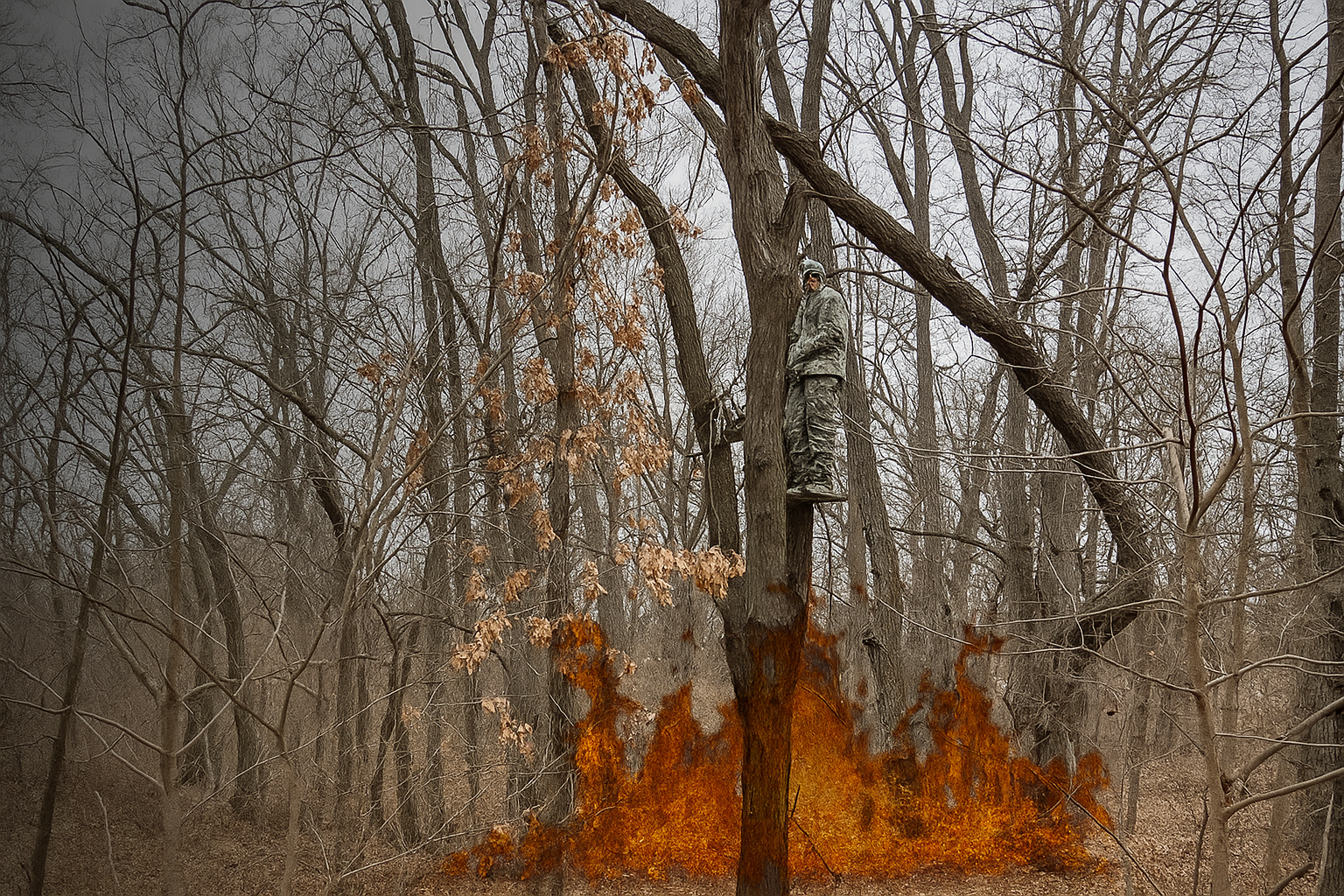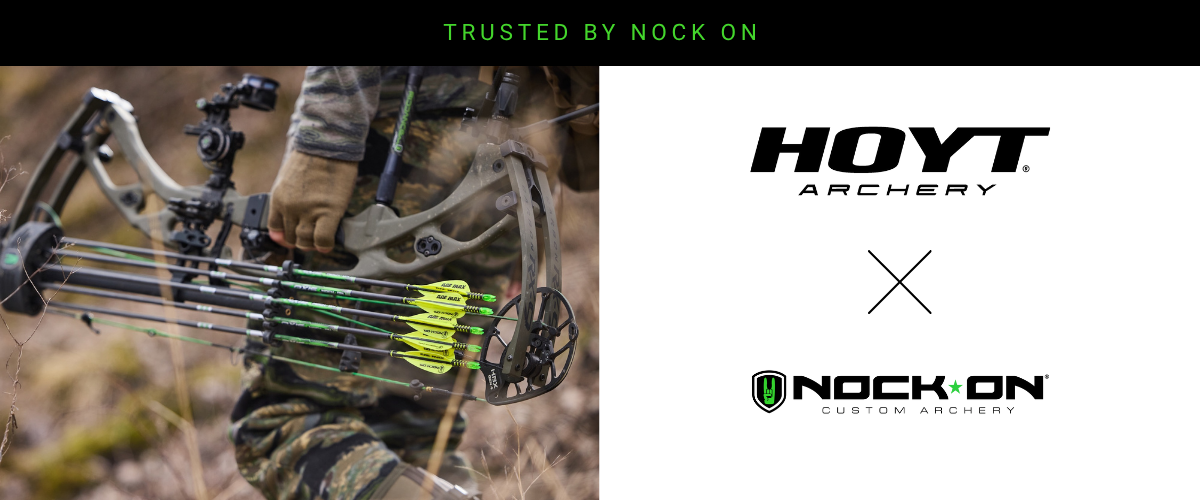Patience isn’t just a virtue in bowhunting. It’s a tactical advantage.
The early weeks of deer season are what I call the “pre-pre-rut” phase. Here in the Midwest, Halloween week traditionally marks the beginning of the pre-rut activity. Right now, we’re even earlier than that.
This is dangerous territory for the eager hunter. The first cold fronts are moving through, crops are coming out, and visibility is improving as leaves fall. You’re seeing more deer, which triggers that primal urge to grab your bow and rush to your prime hunting location.
Fight that urge. Those mature bucks aren’t daylight walkers yet.
The Art of Hunting the Fringes
When I talk about “burning spots,” I’m referring to the negative impact of applying hunting pressure to your best areas before the timing is right.
Every time you walk into a location, you leave scent, create noise, and change the natural behavior of deer in that area. Do this repeatedly during the pre-pre-rut when big bucks aren’t moving, and you’ve trained them to avoid your setup once they do start cruising during daylight hours.
Instead, I use a perimeter-based strategy. If my best spot is located in dense cover where I expect rut activity to explode in the coming weeks, I’ll hunt everywhere except there during the early season.
I establish observation posts on the fringes that allow me to:
- Contain my scent away from prime areas.
- Visually monitor activity in my core hunting zones.
- Collect intelligence on deer movement patterns.
- Confirm when mature bucks become daylight active.
My current setup is a great example of this approach. I’m hunting from an elevated position at the corner of the property. This location gives me visual access across a large, picked cornfield that borders the densest cover on the property (a known bedding and rut sanctuary). From here, I can see hundreds of yards in multiple directions without spreading my scent through that core area.
I like to use HuntWise’s markers and pins feature to mark my observation stands on the perimeter and my core hunting areas so I can track exactly where I’ve been and where I’m saving for later. HuntWise’s offline maps come in handy when I’m scouting new fringe locations in areas without cell service, and the WindCast feature helps me figure out the best approach routes to these observation posts without blowing my scent into those prime bedding areas.
Timing Your Move: A Real-World Success Story
Let me share a real-world example that demonstrates why this strategy pays off.
A few seasons back, Christian Berg from Petersen’s Hunting drew an Iowa tag. He was coming during the early part of the rut cycle, and like most hunters with a limited window of hunting time, he was eager to get into the best spots right away. I convinced him to trust the process and hunt observation stands on the perimeter first.
For a few sits, we watched and waited from these fringe locations. Then one evening, during the last 45 minutes of daylight, we spotted what we’d been waiting for: a mature buck trailing a doe at the back edge of the property. They were clearly in the rut process and she was sticking tight to the thick cover along that edge of the creek and timber. This was our confirmation signal.
The next morning, we made our move. Instead of returning to our observation stand, we slipped into a stand positioned on a historic scrape and rub line in that core area we’d been watching from afar.
The big buck had bred that doe through the night and was now actively checking his territory during daylight hours, following his scrape line right under our stand. Christian made a perfect shot at point-blank range.
Had we burned that spot earlier in the week, that buck might have altered his pattern, left the area to find that doe, or gone nocturnal. Our patience and strategic positioning resulted in a chip-shot opportunity.
Putting This Approach Into Practice
This strategy requires discipline. You might feel like you’re missing opportunities by not hunting your “honey hole,” but what you’re doing is preserving its effectiveness for when the odds truly shift in your favor.
Here’s how to implement this approach:
- Identify observation stands/blinds that provide views into your core hunting areas without disturbing them.
- Look for visual confirmation of increased rutting activity and daylight buck movement.
- Be ready to move quickly once you confirm bucks are on their feet during legal shooting hours.
- Keep detailed notes on when and where you observe mature buck movement to identify patterns.
Remember, we’re looking at a 30-day window of prime hunting opportunity. The early days of this window should be spent gathering intelligence, not educating the bucks you want to harvest.
Patience Pays Off
In bowhunting, timing is everything. The best hunters I know aren’t the most skilled archers. They’re the ones who understand deer behavior and know precisely when to make their move. These are lessons I have certainly been told, but then learned the hard way by getting impatient and not trusting the process. However, a big factor in becoming good at hunting is recognizing when your spot is actually good, and making the most of it when it’s happening.
Save your best spots for when the time is right. We’re getting close, but we’re not there yet, or at least my spots aren’t. Right now, if you want to hunt, find locations where you can observe without educating.
This tactical restraint separates consistently successful bowhunters from those who repeatedly wonder why they never see the big bucks during daylight.






 massmonopoly
massmonopoly